Can't find root flare on b&b'ed tree
adam211
10 years ago
Related Stories
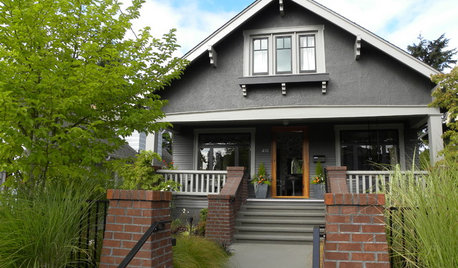
ARCHITECTURERoots of Style: See What Defines a Craftsman Home
Charming features and intimate proportions have made Craftsman houses an American favorite. See their common details and variations
Full Story
KITCHEN DESIGNTrending Now: 25 Kitchen Photos Houzzers Can’t Get Enough Of
Use the kitchens that have been added to the most ideabooks in the last few months to inspire your dream project
Full Story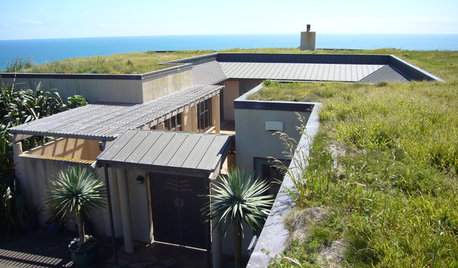
GREEN BUILDINGLiving Roofs Put Down Roots
No longer solely the domain of hippies — or hobbits — a green roof can be a hardworking partner in making your house sustainable
Full Story
LANDSCAPE DESIGNSmall Garden? You Can Still Do Bamboo
Forget luck. Having bamboo that thrives on a wee plot just takes planning, picking the right variety, and keeping runners in check
Full Story
GARDENING GUIDESHow to Keep Your Trees Healthy
Ensure your trees’ vigor for years to come with these tips for protecting roots, watering effectively and more
Full Story
ARCHITECTURERoots of Style: Where Did Your House Get Its Look?
Explore the role of architectural fashions in current designs through 5 home styles that bridge past and present
Full Story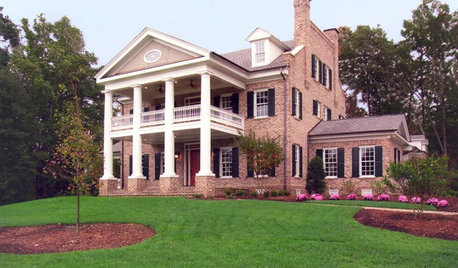
ARCHITECTURERoots of Style: Meet Your Traditional Home's Classical Ancestors
Traditional architecture's genes began in ancient Greece and Rome — discover your home's style forefathers here
Full Story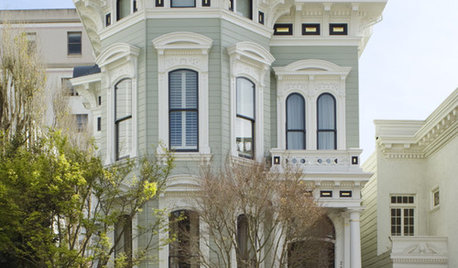
TRADITIONAL ARCHITECTURERoots of Style: Italianate Architecture Romances the U.S.
With its towers, cornice details and more, Italianate homes have been enchanting Americans since the 19th-century romantic era
Full Story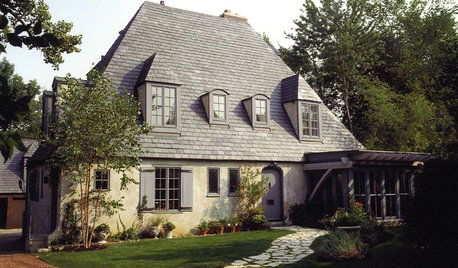
ARCHITECTURERoots of Style: French Eclectic Design Continues to Charm
Hip roofs, towers, quoins ... if your house includes architectural elements like these, you might trace its design lineage to France
Full Story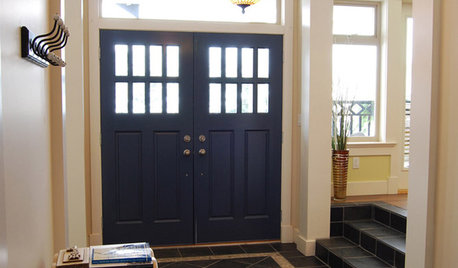
HOUZZ TOURSHouzz Tour: Bringing the Outdoors Inside on Bowen Island, B.C.
Custom-built farmhouse offers large, small reminders of surrounding nature
Full StoryMore Discussions










ken_adrian Adrian MI cold Z5
gardener365
Related Professionals
70037 Landscape Architects & Landscape Designers · Palm Springs Landscape Architects & Landscape Designers · Dixon Landscape Contractors · Fair Oaks Landscape Contractors · Lynchburg Landscape Contractors · Milford Mill Landscape Contractors · Round Lake Landscape Contractors · Five Forks Siding & Exteriors · Lenexa Siding & Exteriors · Rockville Siding & Exteriors · South Barrington Siding & Exteriors · Fredericksburg Decks, Patios & Outdoor Enclosures · Harrisburg Decks, Patios & Outdoor Enclosures · Issaquah Decks, Patios & Outdoor Enclosures · Royal Oak Decks, Patios & Outdoor Enclosureshairmetal4ever
adam211Original Author
gardengal48 (PNW Z8/9)
ken_adrian Adrian MI cold Z5
hortster
adam211Original Author
hortster
gardengal48 (PNW Z8/9)
adam211Original Author
gardener365
edlincoln
sam_md
Mackel-in-DFW
ken_adrian Adrian MI cold Z5
hairmetal4ever
adam211Original Author